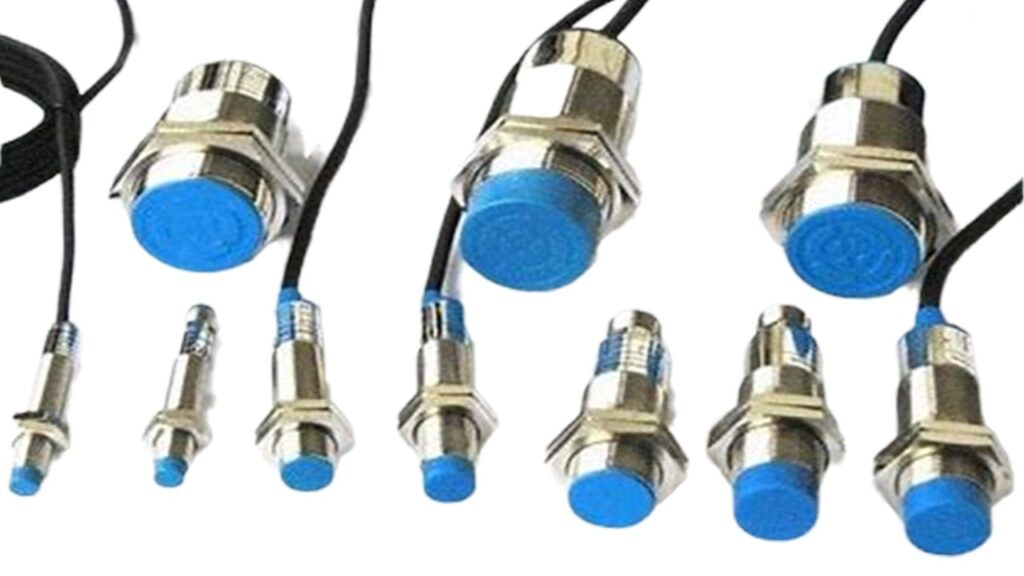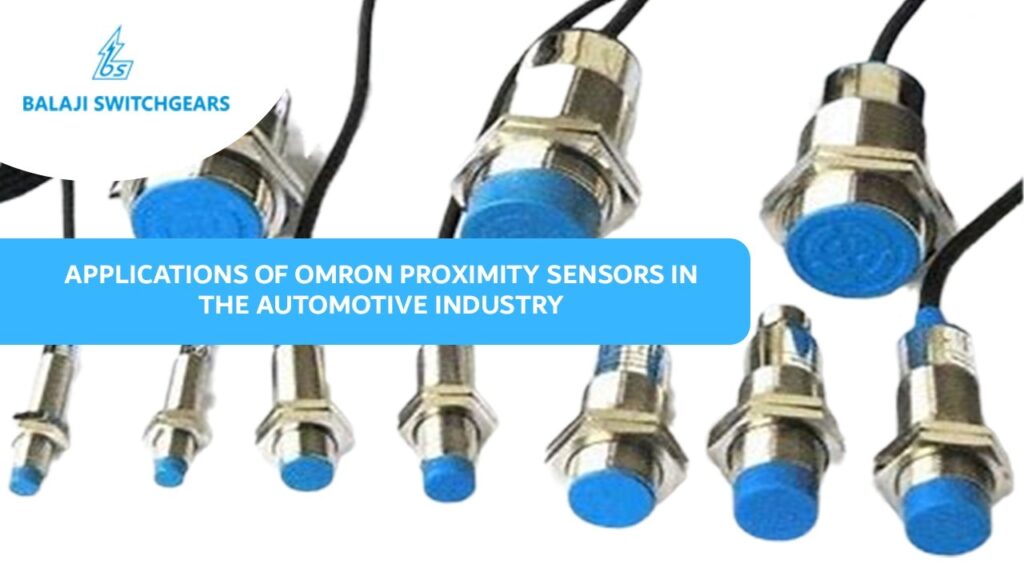In today’s rapidly evolving automotive industry, precision, efficiency, and safety are essential. One crucial technology that plays a vital role in achieving these goals is the Omron proximity sensor. These sensors are widely used in various applications within the automotive sector, helping manufacturers streamline processes and ensure high-quality production.
In this blog, we will explore the different Omron proximity sensor types and their key applications in the automotive industry.
What is a Proximity Sensor?
A proximity sensor is a device that detects the presence or absence of an object, without physical contact. In the automotive industry, these sensors are particularly valuable for detecting nearby components, measuring distances, and ensuring the safety of machines and workers.
Omron proximity sensors are known for their reliability, accuracy, and versatility. They come in different types, making them suitable for various automotive applications.
Types of Omron Proximity Sensors
Omron manufactures several types of proximity sensors, including inductive, capacitive, and photoelectric sensors. Each type is designed for specific use cases in the automotive sector.
- Inductive Proximity Sensors: These are widely used in the automotive industry due to their ability to detect metallic objects. Inductive sensors are commonly used in assembly lines to detect metal parts, ensuring proper positioning and alignment during the manufacturing process.
- Capacitive Proximity Sensors: These sensors can detect both metallic and non-metallic objects. Capacitive sensors are useful for detecting materials like plastic, glass, and liquids, making them versatile for different stages of automotive production.
- Photoelectric Proximity Sensors: These sensors use light to detect objects and are often used in applications where other types of sensors might not be suitable. For instance, they are effective in detecting small or transparent objects on the production line, which is crucial for quality control.

Key Applications of Omron Proximity Sensors in the Automotive Industry
- Assembly Line Automation
In automotive assembly lines, Omron proximity sensors are employed to ensure that parts are correctly positioned and assembled. These sensors help detect the presence of components such as bolts, screws, and engine parts, ensuring accurate and efficient assembly. - Robotic Applications
With the increasing use of robotics in the automotive sector, Omron sensor technology plays a critical role in enabling robots to perform tasks with precision. For instance, proximity sensors are used in robotic arms to detect objects and carry out tasks like welding, painting, and part assembly with high accuracy. - Quality Control and Inspection
Ensuring high-quality production is a top priority for automotive manufacturers. Omron proximity sensors are used in quality control processes to inspect components and verify that parts meet specific standards. For example, these sensors can detect the thickness of materials or the presence of small defects in automotive parts, ensuring that only high-quality components are used in vehicles. - Vehicle Safety Systems
Modern vehicles are equipped with advanced safety systems, many of which rely on proximity sensors. Omron proximity sensors are used in parking assistance systems, collision detection, and blind spot monitoring. These sensors help vehicles detect nearby obstacles, ensuring the safety of drivers and passengers.
Benefits of Using Omron Proximity Sensors in the Automotive Industry
- High Precision: Omron proximity sensors offer accurate detection of objects, ensuring that production processes run smoothly.
- Durability: These sensors are built to withstand harsh industrial environments, making them suitable for automotive applications.
- Cost-Effective: By reducing errors and improving efficiency, Omron proximity sensors help manufacturers lower operational costs.
- Versatility: With a variety of Omron proximity sensor types available, these sensors can be tailored to meet the specific needs of different automotive processes.
Conclusion
The use of Omron proximity sensors in the automotive industry is essential for enhancing efficiency, accuracy, and safety. From assembly lines to robotic applications, these sensors provide reliable solutions that help manufacturers meet the high demands of the industry.
At Balaji Switchgears, we understand the importance of integrating the best technology into automotive processes, and we proudly offer a wide range of Omron sensors to help businesses achieve their goals. Whether you are looking for inductive, capacitive, or photoelectric sensors, our team can assist you in finding the right solution for your automotive application.


Your blog has become a sanctuary for me to learn and grow.
This is very interesting, You are a very skilled blogger. I have joined your feed and look forward to seeking more of your fantastic post. Also, I’ve shared your web site in my social networks!
Really Appreciate this update, can I set it up so I receive an update sent in an email every time you make a fresh update?
Thanks designed for sharing such a pleasant thinking, piece of writing is good, thats why i have read it completely